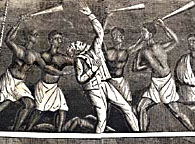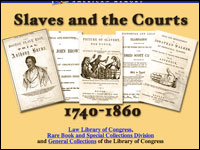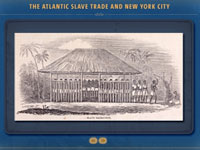The Middle Passage: A Shared History of the Transatlantic Slave Trade
Ten teachers from the United States will join teachers from the United Kingdom and Ghana to study the history and legacies of the Transatlantic Slave Trade under the direction of professors James Walvin and Stephanie Smallwood. The seminar will cover the history of African-European contact, the nature of African societies in the 15th to 18th centuries, the existing slave trading practices in Africa, the impact of the slave trade on regions of Africa, the character of the coastal trade in the forts and castles, the experience of the Middle Passage, and the numbers and experience of African arrivals in the Americas. Participants will be introduced to major scholarship as well as to the new online Transatlantic Slave Trade Database. The Middle Passages seminar will focus on both historical content and classroom pedagogy, and will include visits to historical and cultural sites in Ghana. Participating teachers will be expected to develop collaborative teaching units with their international partners.



